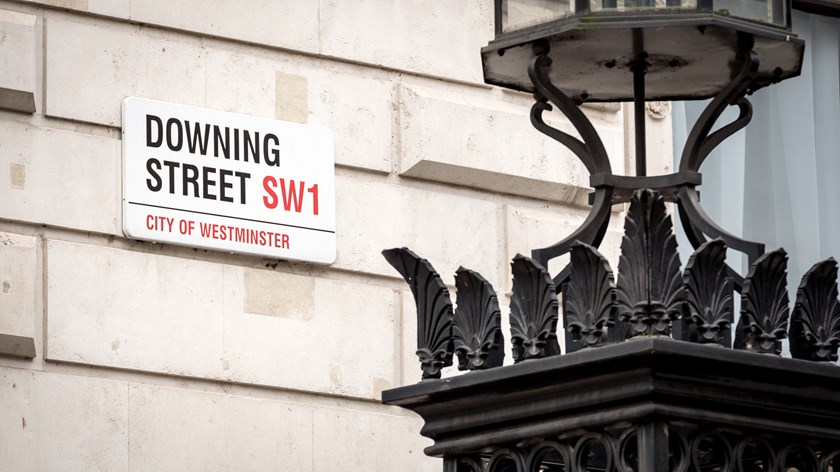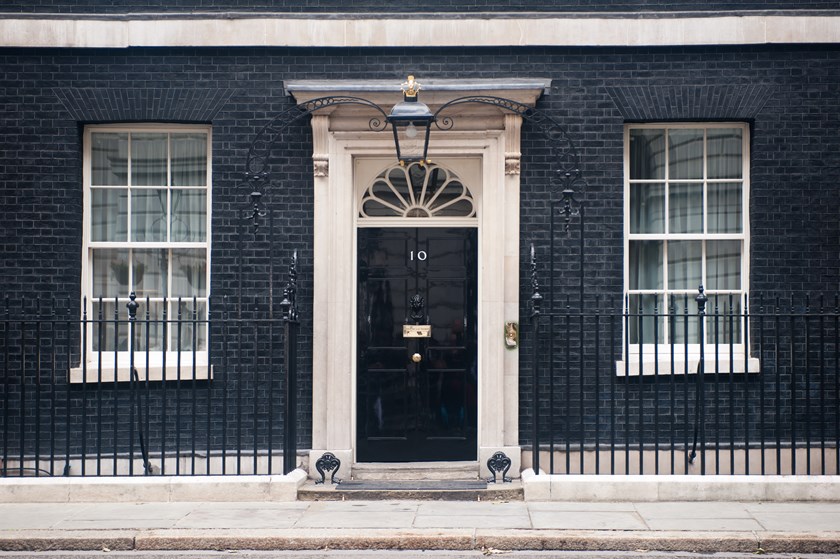Stamp Duty Land Tax (SDLT) case update – Partnerships, Corporate Transactions involving Property and the Section 75A Anti-Avoidance Rule
Insight

In Hannover Leasing Wachstumswerte Europa Beteiligungsgesellschaft MbH and another v HMRC [2019] UKFTT 0262 (TC), the First-tier Tribunal considered the application of the SDLT partnership rules and the general SDLT anti-avoidance rule.
The Tribunal found that the anti-avoidance rule can apply to indirect acquisitions of properties, including transactions in units in a fund or shares in a company, even where there is no tax avoidance motive.
The case has ramifications for purchases structured as indirect acquisitions of property intended to save SDLT, such as purchases of shares in a property-owning company.
The Facts
A partnership owned a UK commercial property. A Guernsey Property Unit Trust (GPUT) had a 99% interest in the partnership.
A third party sought to buy the property from the partnership. They offered to pay around either £133.6m for the property, or £139m for the GPUT units. The offer to buy the GPUT units was conditional on the partnership being removed from under the GPUT, so that the GPUT was left directly holding the property. The buyer subsequently intended to move the property elsewhere in its group.
If the buyer bought the property, it expected to pay SDLT on the purchase price. However, if it bought the GPUT units it did not anticipate paying SDLT on the basis that, as a general rule, SDLT is only charged on transactions in properties and not transactions in shares or units. The anticipated SDLT saving roughly reflected the difference in the buyer’s two offers.
Unsurprisingly, given the price differential, the seller agreed to sell the GPUT units to the buyer rather than the property and carry out the pre-sale reorganisation itself by removing the partnership from the GPUT. The transaction steps were as follows:
- The partnership sold the property to the GPUT. The purchase price was approximately £139m, satisfied by the GPUT discharging outstanding loans it was owed by the partnership. SDLT was calculated on this transaction in accordance with the SDLT partnership rules. Very broadly, SDLT is calculated on the market value of whatever interest the partner does not already hold. The result here was that SDLT was only paid on the 1% interest the GPUT did not already hold in the partnership’s property.
- The units in the GPUT were bought by the buyer for the agreed price of around £139m, conditional on the partnership being removed from the structure. The GPUT therefore transferred its interest in the partnership to another company. No SDLT was paid on the buyer’s purchase of the units on the basis that this was not a transaction in land.
- The GPUT was terminated and so it transferred the property to the buyer by way of distribution. No SDLT was paid on this as the purchase price was below the minimum SDLT threshold.
- The property was then transferred by the buyer to a partnership which it had a 99.9% interest in. Applying the same SDLT partnership rules set out at step 1, no SDLT was paid because the 0.1% market value which the partnership rules charged to SDLT was below the SDLT minimum threshold.
HMRC alleged that the SDLT anti-avoidance rule at Section 75A of the Finance Act 2003 applied to the series of transactions. The effect of this rule is to introduce a notional land transaction between a buyer and seller on which SDLT is payable. This effectively trumps the actual transactions and deems there to be an SDLT charge where there may otherwise be none on a transaction-by-transaction basis.
The Tribunal’s Decision
The First-tier Tribunal agreed with HMRC and held that Section 75A applied to the transactions.
To apply Section 75A, the Tribunal first had to determine who the buyer and seller were for the notional transaction on which SDLT would be charged. Because the first transaction in the series was the partnership’s sale of the property to the GPUT at step 1, the Tribunal decided that the GPUT’s partnership must be the seller. By the same logic, the final transaction was the sale of the property to the buyer’s partnership at step 4, so that partnership must be the buyer.
The next question for the Tribunal was to work out the purchase price on which SDLT should be charged for this notional transaction. It found this to be the £139m price paid by the buyer for the GPUT units at step 2. SDLT of around £5.5m was therefore payable by the buyer’s partnership, with a small discount reflecting the SDLT already paid on 1% of the property’s market value at step 1.
Comment
The Tribunal’s decision in Hannover reinforces that of the Supreme Court in Project Blue Ltd v HMRC [2018] UKSC 30 and confirms that the SDLT anti-avoidance rule can apply even where there is no tax avoidance scheme or motive. Unhelpfully, this appears to be somewhat at odds with HMRC’s own guidance, which still indicates that Section 75A applies only where there is "avoidance of tax".
The decision also highlights the complexity of the SDLT partnership rules and the need to carefully scrutinise any partnership land transaction, in the context of the anti-avoidance rule. It demonstrates the need for specialist SDLT advice on all property acquisitions, in particular those structured as corporate transactions which are intended to save SDLT.
However, it should be noted that had the order of the transaction steps in Hannover been varied, the SDLT result could have been different. For example, if the first transaction step was the acquisition of the units in the GPUT (or, alternatively, of shares in a company), a specific carve-out in legislation may have disapplied the SDLT anti-avoidance rule.
So, whilst great care should be taken and specialist advice sought on all property acquisitions (whether direct or indirect), opportunities do remain for significant SDLT savings on transactions which are structured properly.
If you require further information about anything covered in this briefing note, please contact James Bromley, or your usual contact at the firm on +44 (0)20 3375 7000.
This publication is a general summary of the law. It should not replace legal advice tailored to your specific circumstances.
© Farrer & Co LLP, May 2019







